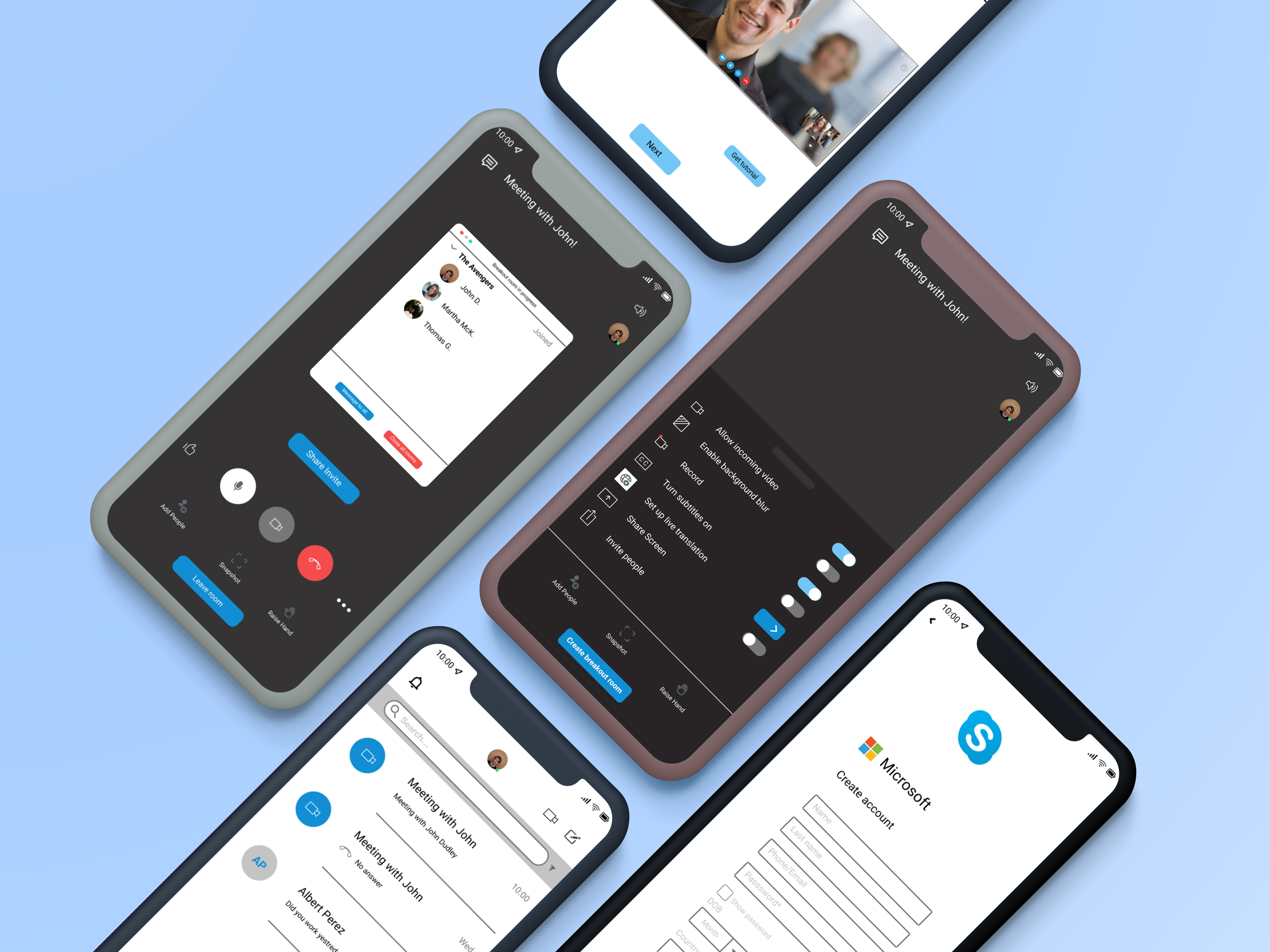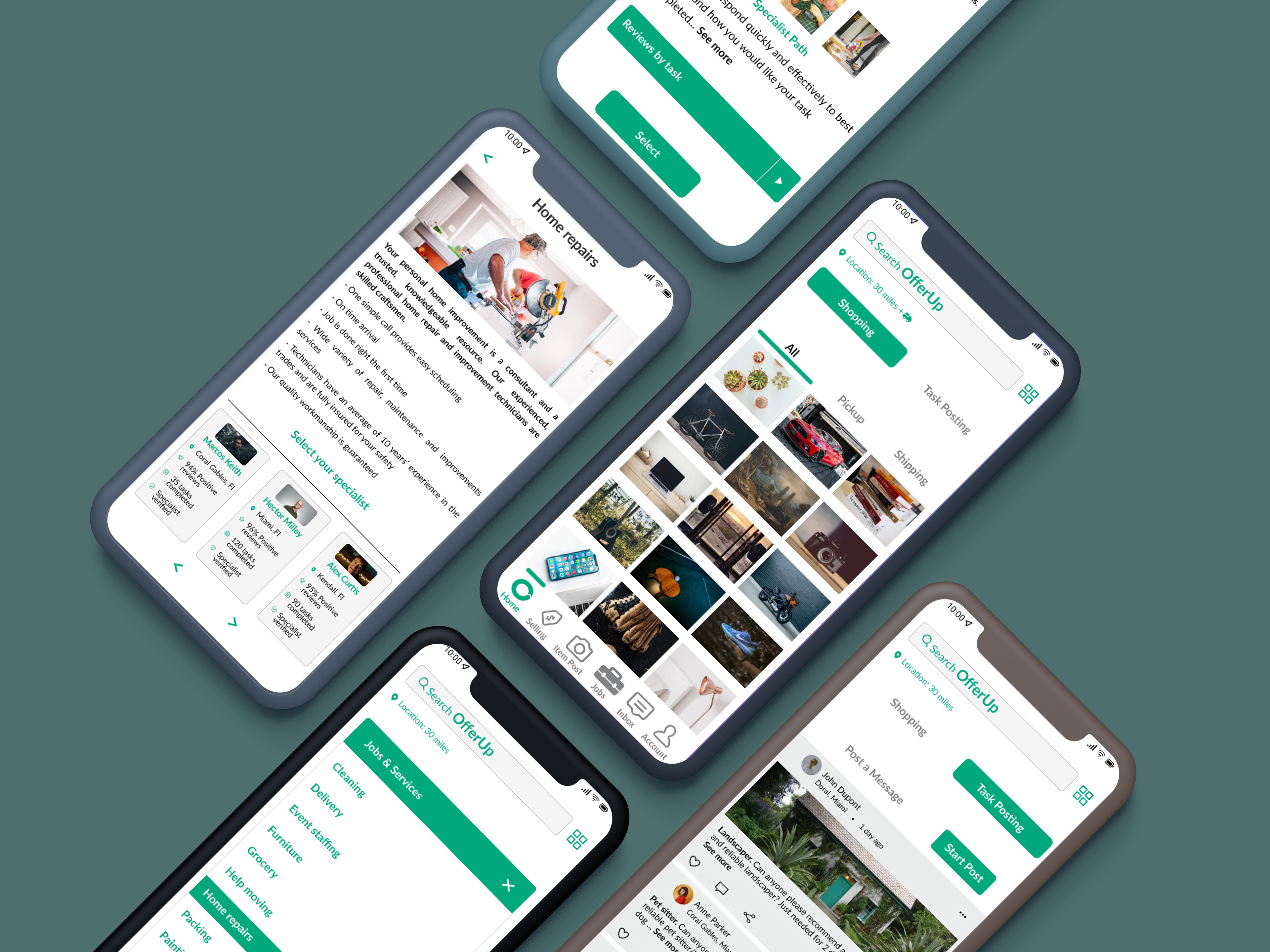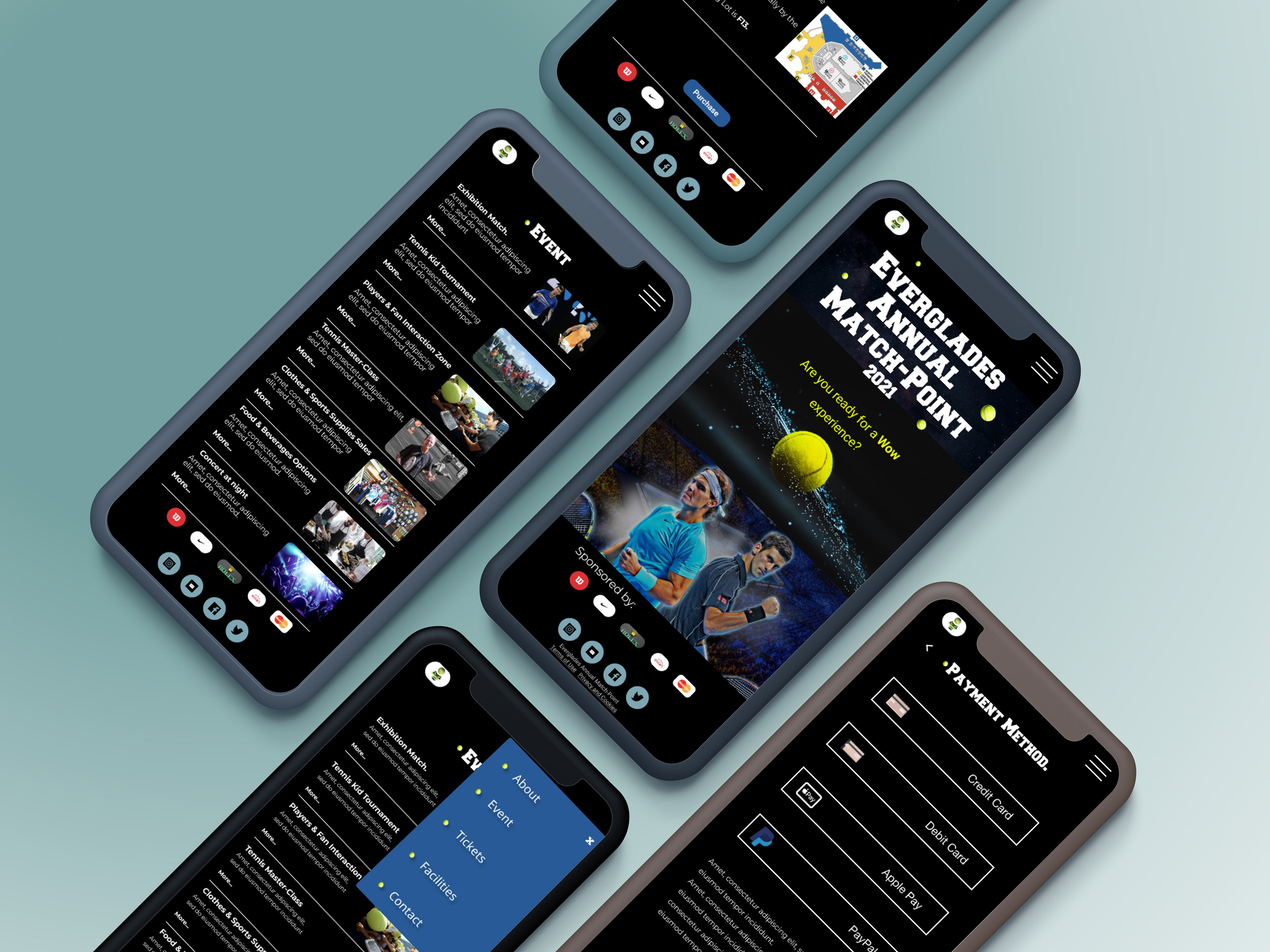UX Research
Prototyping
UI Design
15 Days Sprint
Figma, Maze, Miro
The Brief
This new opportunity brings us to collaborate with an extremely important client: The National Wellness Institute, an organization founded in 1977 with the mission of providing health promotion alongside with wellness professional. We spent 15 day sprint and the design went into the necessity of create a wellness app. The tools that we used for our purpose were: Figma, Miro, Maze.
DISCOVER
The Client
The National Wellness Institute, has been very successful over the years and their annual National Wellness Conference has become the most highly acclaimed professional conference in health and wellness.
Even though NWI has numerous years of experience in the wellness field, their program has been slow to catch up with technology. They have seen a substantial drop in memberships and want to find a way to add value to their members.
Market Research
According to the American Psychological Association, nearly 2 in 3 adults (65%) say the current amount of uncertaintyin our nation causes them stress. Furthermore, 3 out of 5 adults (60%) state that the number of issues America faces currently is overwhelming to them. This finding speaks to the hardship many Americans may be confronting at this moment.
Lean UX
Following the primary reasons that led us to this particular wellness field, we strategized using the UX canvas, helping us to establish the challenges that ultimately, we are going to face, such as, to get a new visual system reflecting the innovation and the refresh approach to mental health. On the other hand, the goals that eventually we want to achieve are as follows:
- Adapt to technologies changes.
- Create a set of wellness digital tools.
And as guidelines, it is pivotal to understand the tools that will be useful for our research and define the strategy.
Feature Comparison Chart
Following the strategic logic, we focused on a Feature Comparison Chart. This context revealed to us some key learnings, all of them related to the features that they have already or not. Therefore, as a direct competitor we found: Calm, Aura, Smiling Mind, Inscape, and Headspace; on the other hand as indirect we found: AllTrails and SportTracker.
Market Positioning
A Market Positioning Chart was also created allowing us to know where existing products and services are positioned in the market so we can decide the location (blue ocean) as an uncontested opportunity to improve the product and the business objectives and move straight forward with our goals. The axes in this case took in consideration the Mental impact and the Emotional support that could act as differentiator elements.
User Research
Quantitative Data
So, in order to understand habits, how people take care their mental and body, what kind of activities they do, how is the average of stress in their life and what decisions they take in, we conducted a survey getting these results:
Qualitative Data
Also, we decided to make a questionnaire and get five interviews (qualitative method) allowing us to filter the data collected, engage with those users, going deeper and share the user’s stories with others.
Sample questions
What is the essence to feel that your mind and body are cared for in the face of life’s adversities?
Answers:
“As meditation becomes more mainstream, you have to account for users that are different.” Jelen.
“Anything that’s human is mentionable, and anything that is mentionable can be more manageable. When we can talk about our feelings, they become less overwhelming, less upsetting, and less scary.” Arianne.
“We have to find solutions in every resource that we know will provide body and mental care” Karol.
DEFINE
Affinity Map
By doing so, we started to display the data that we gathered before, and then we placed rows and columns in a logic sequence of ideas, visualizing what main themes came up. Using the Affinity Map tool, we put it on the following information:
That gave us the possibility to understand the users on:
1. Stress dealing attitude
2. Apps used most
3. Level of satisfaction using wellness app
4. Users motivations using a wellness app.
5. Most wellness and mental activities
6. Pain Points
Value Proposition Map - Customer
After analyzing those results, we were in position to examine what the Value Proposition Map - Customer reveals, understanding how the product meets our customer’s values and needs, and how it fits in the market.
User Persona
In the definition of a primary type of user, we empathize throughout our process and serve us reference in the rest of tools used.
Sally Vega
As-Is Scenario
We found it convenient to introduce an As-Is Scenario Map with the objective of identifying improvement opportunities the phases chronologically set up on the canvas, analyzed the activities in a stepwise manner and the interaction, and also the impact of those stages of feelings and thoughts in our users.
Journey Map
Then we got set for a Journey Map, these tools allowed us to visualize the process of interaction between user path and the pursuit of a goal, also focusing on those channels and touchpoints that he has with the service, by identifying opportunities to improve or enhance his experience at each touchpoint.
On this specific case, our user recreates a situation that eventually
combines therapies in clinics with the use of an app at home.
Problems Statements and How Might We
That conducted our research to elucidate the following Problems Statements and their correspondent How might we.
1- Users who want to reduce their stress level by using a wellness app are concerned because they are not able to interact with a coach or have access to specific motivational talks.
How might we facilitate an appropriate interaction with coaches or motivational speakers?
2- Users struggle to track their progress and their current status throughout the treatmentsessions provided by wellness apps.
How might we bring data visualization of the users health progress when they access into the wellness app?
3- Users are wanting to improve or gain self-confidence.
How might we provide users with opportunities to improve or gain self-confidence?
IDEATE
We had so many ideas in our parking lot and it went by quick building off of each other. Finally, we came out with about 27 ideas.
DEVELOP
MOSCOW Method
In order to know the simplest way to satisfy the business effort and the users’ values we elaborated the following MOSCOW method.
Value Proposition Map - Product
After using this important method, we were ready to complete the product and service side of the Value Proposition Map-Client conduct us to understand how our product can best serve our users for the best product market fit:
Minimum Value Product
A health and wellness mobile application providing users with the ability to reduce stress, engage and interact with health coaches and specialists, track personal goals and progress, and improve their overall well-being.
Jobs To Be Done
- When using a wellness app, users want to get insights and receive personalized attention which helps them gain self-confidence and feel relieved from stress.
- When providing visualization reflecting the progression of the user and adding more value to their experience with personalized interaction and coaches, the mental health community will be able to trust the platform which increases customer loyalty.
Site Map
This is an exciting tool that always allows us to bring all those ideas in a scheme subject to change while landing in a solution that eventually will be the basic representation of our product.
User Flow Chart
The other tools that serve to our purpose of representation but this time taking in consideration the user flow, is the User Flow Chart.
DELIVER
Lo - Fi
I sketched out a quick Lo-Fi prototype to quickly test and get feedback on by using Maze:
- 100% of users complete the mission via the expected path.
- The average time spent on screens during the path was 8.3s
- The mission’s average misclick rate is high: 23.3%
- Incorporate necessary actions and flows
Mi - Fi
- 80% of users complete the mission via the expected path.
- The average time spent on screens during the path was 10.4s.
- The mission’s average misclick rate is high: 34.2%.
- Align the margins and keep in mind the sized of the typography.
Visual Competitors
After these prototypes, the next step was to search for Visual Competitors that reflected how our product could fit in the market and how trends are behaving in real life.
Moodboard
Then we were able to find our color options, and how the concept through some pictures can reveal the brands attributes that we pursue to exhibit when we elaborate our Hi fi prototypes. Please, see below the patterns we used to create this Moodbard. By testing our mood board we understood that it represented well our brand attributes. These brands are:
serenity, natural, calm, imaginative, and kind.
Our interviewees said it made them feel calm, positive and full of optimism.
serenity, natural, calm, imaginative, and kind.
Our interviewees said it made them feel calm, positive and full of optimism.
Style Tile
After this analysis we needed to make a style tile to see how I was going to take elements from the moodboard to create content for our app.
Atomic Design
As Atomic Design we elaborated this mental model to help us to think of our user interface as a cohesive whole and collection of parts at the same time. Components with clear guidelines that will build our wellness app and will be a reference as a single source of truth to diminish discrepancies in the future are seen below
Hi - Fi
Users will be able to:
- Quick onboarding and set up their account
- Customize their profile taking into consideration their preferences or necessities.
- Access to all the resources that the app provides.
- Track their progress.
- Interact with a coach and specialist and set up appointments and get live sessions with them.
Success and Failure Metrics
Success
- Users inclusion.
- Coach and Specialist online consult.
- Increase the level of interaction.
- Increase level satisfaction.
- Time on tasks is reduced.
- Positive reviews online.
- Data visualization achieved.
- More clients using the app.
Failure
- Market competitors upgrade their features.
- Customer increase requires more coach and specialist staff.
- Increase in bounce rate.
- Low completion rate.
- Low task level satisfaction.
CONCLUSION
Key Takeaways
1. This app can be an engaging and even fun way to learn about mental health and improve well-being.
2. Trust that the features have product market fit.
3. Value in the quantitative and qualitative data collected and feedback from my teammates.
4. Trust in the research process.
5. How important it is to analyze the situations but keeping in mind the human component.
6. Improve your strategy during the prototyping process.
Had We Have More Time
1. Test the High Fi prototype.
2. Make micro interactions.
3. Develop more features added in our projects.
4. Go deeper in our quantitative data.
5. Use more Adobe XD software.
Want to read my whole case study? Please check it out on Medium



